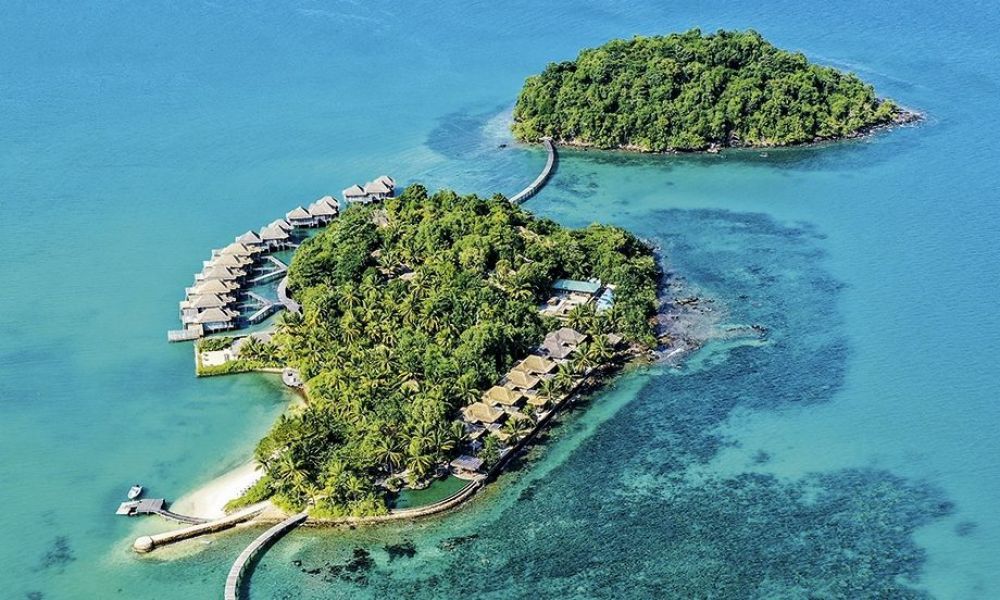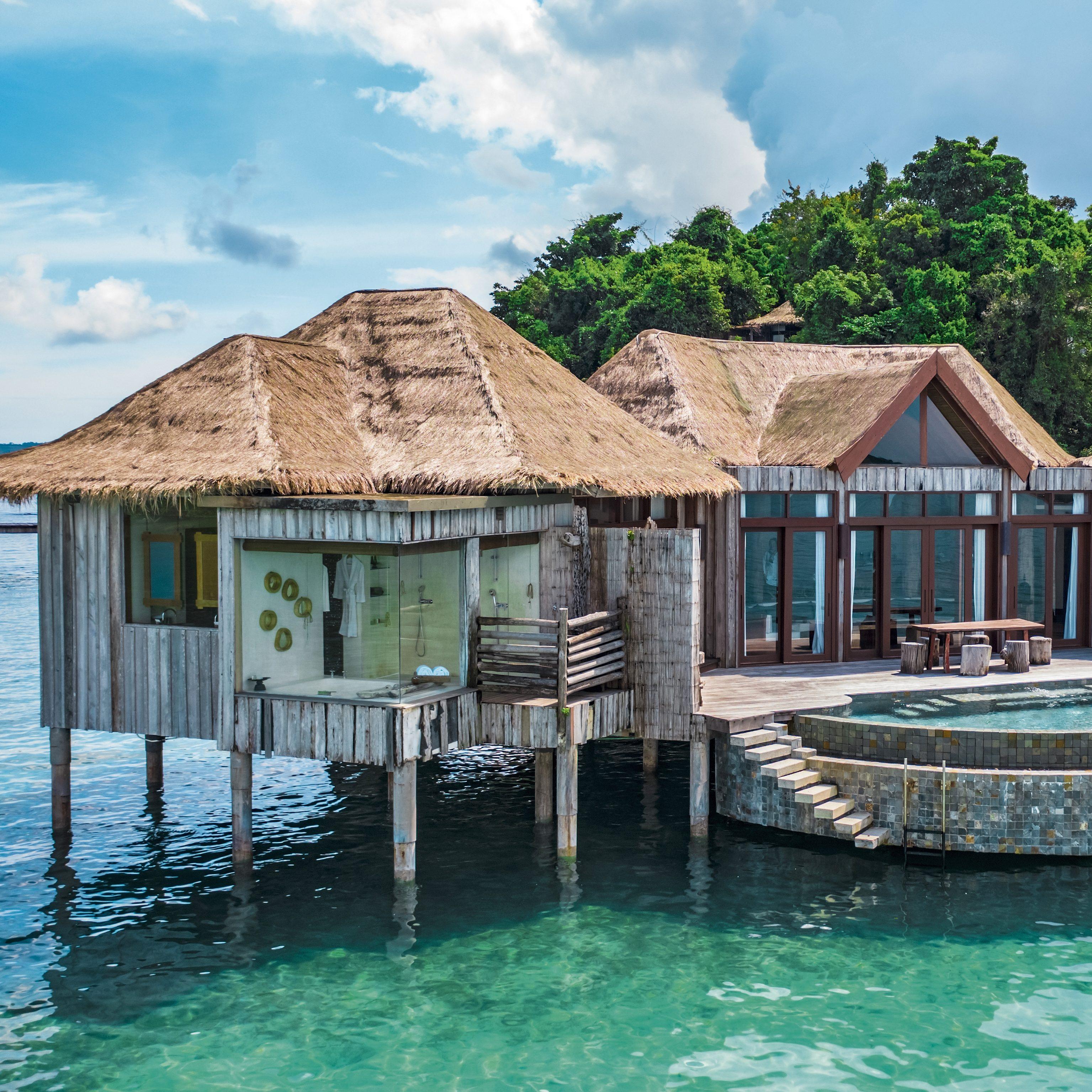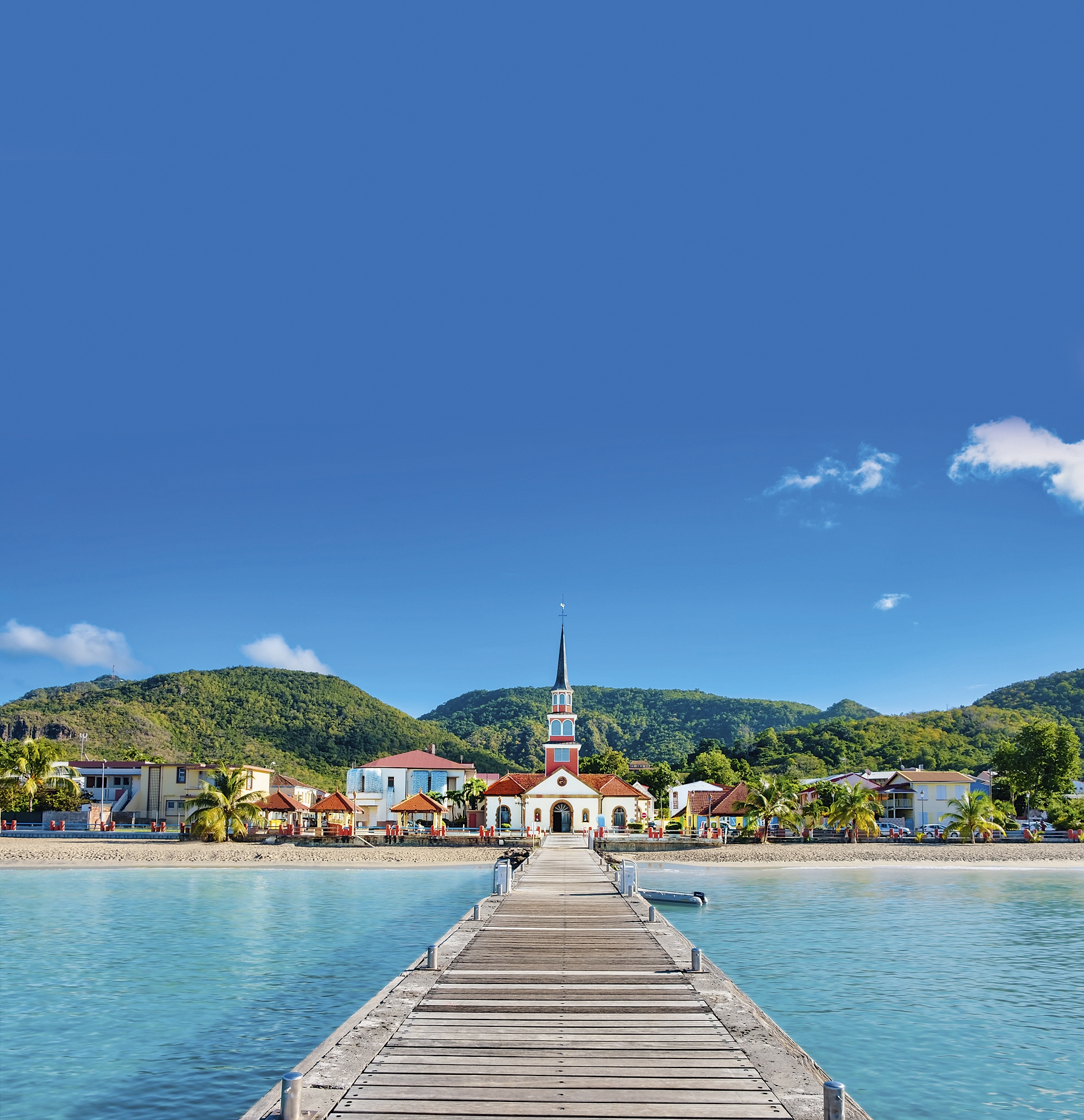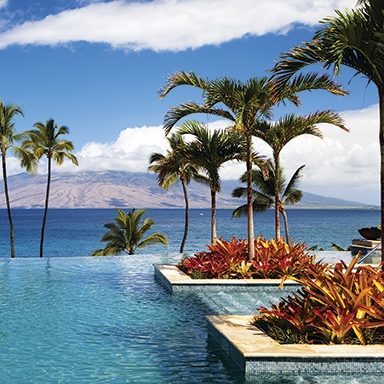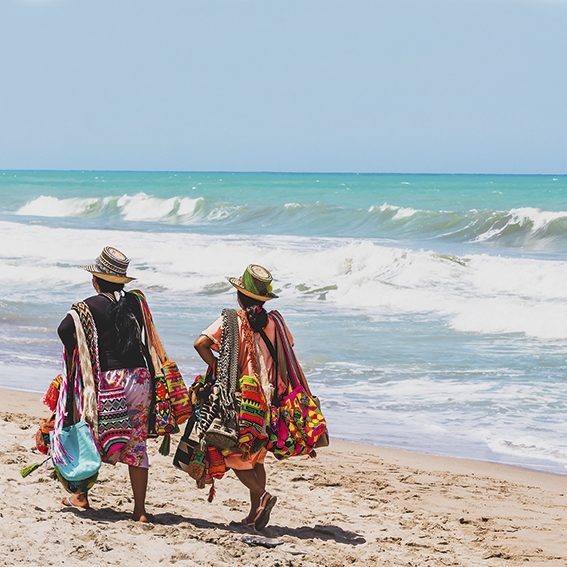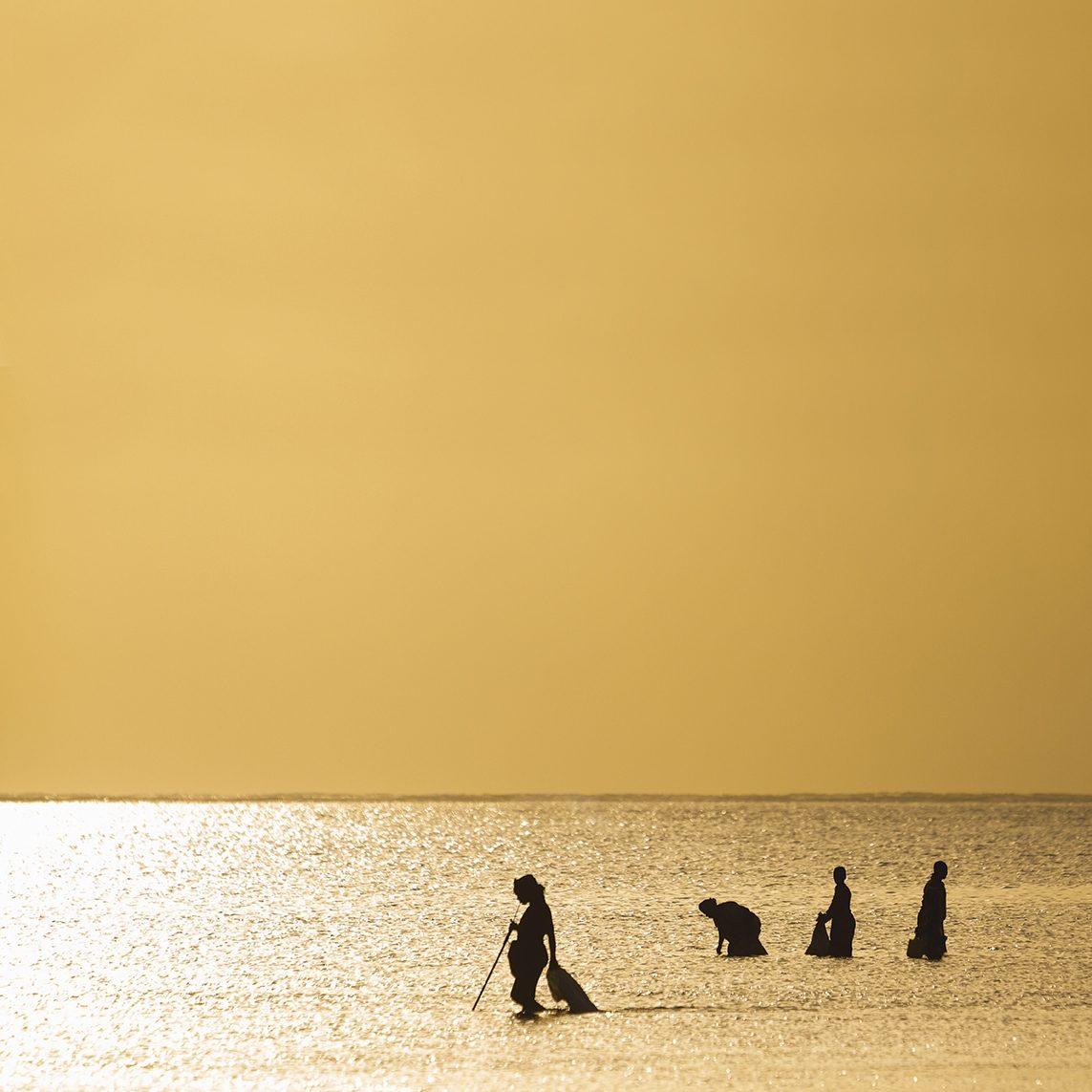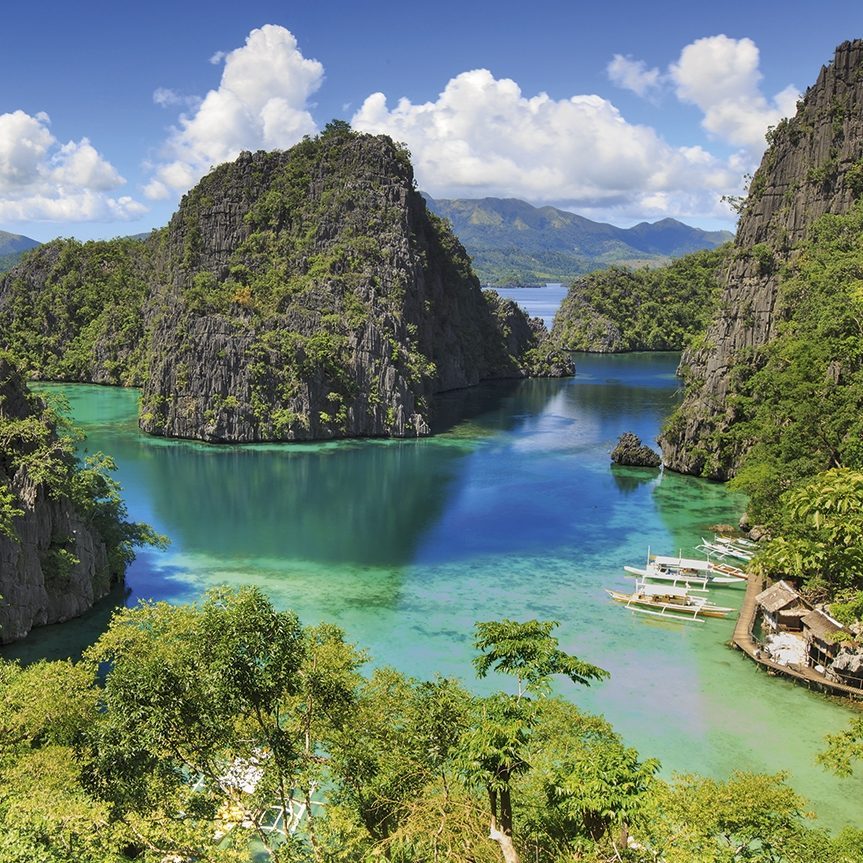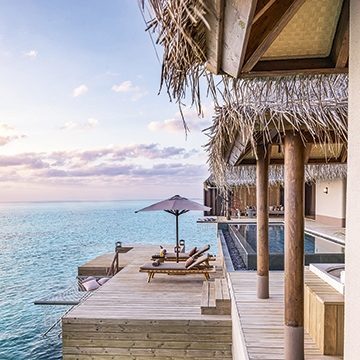Zanzibar Tanzania
As if its palm trees, platinum sands and sapphire seas weren’t beguiling enough, Zanzibar feels extra exotic thanks to its nickname: Spice Islands. This 40-strong Indian Ocean archipelago united with Tanganyika to form the republic of Tanzania in the Sixties, but its history stretches back much further than this. Stone Town, the former capital, has millennia-old roots, though most of the buildings in this World Heritage Site date from the 19th century. Its twisting lanes lead to all sorts of discoveries – mosques, hammams, a sultan’s palace – and the culture is a mix of African, Indian, Arabian and European influences. It’s a fantastic spot for immersive day-trips if only you can bear to tear yourself away from the beach.
And what beaches they are – all brilliant-white beside safe, shallow water that’s walkable for quite some distance when the tide is low. On Unguja, the main island, the tidal range is less distinct at the top end, which is also where some of the most appealing hideaways are found. Nungwi Beach is the big draw here for its powdery sands, local flavours and sunset views across the sea to the African continent. To explore other shores, island-hop beyond Unguja to largely undeveloped Pemba, almost deserted Mnemba, off-the-beaten-track Mafia and pristine Chumbe, which is home to a single high-end, off-grid eco-camp.
And that nickname? Make the most of your time here by booking a cookery class or visiting a nutmeg, vanilla or black pepper plantation to discover, as monikers go, this one is very well deserved.

